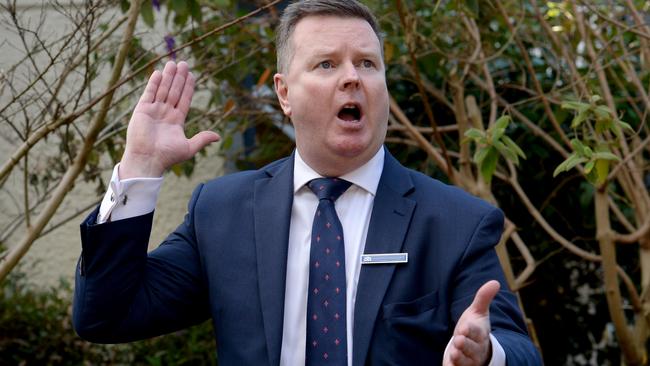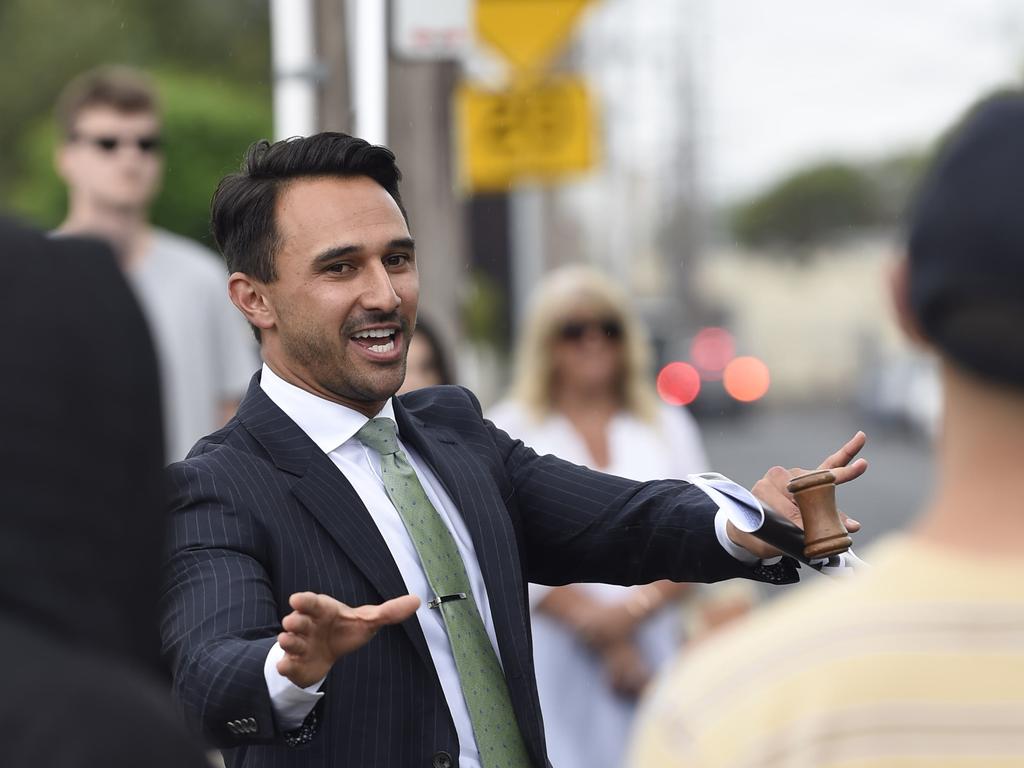House prices defy economic collapse: CoreLogic
The financial year ends with double digit property price growth in Sydney and Melbourne, but recent declines signal more falls ahead.

House prices have defied an economic collapse to finish the financial year with double digit growth in Sydney and Melbourne, but recent declines accelerated over the past months as the market reacted to the coronavirus downturn.
Property researcher CoreLogic’s monthly house price data showed Sydney prices rose 13.3 per cent and Melbourne 10.2 per cent over the year to June, reflecting a financial year that saw both the fastest recovery on house prices on record and a worldwide pandemic.
But both markets posted losses in the last quarter, led by Melbourne, where prices were off by 2.3 per cent.
National June declines effectively doubled month-on-month to 0.7 per cent, despite an almost 30 per cent increase in the number of deals made. Melbourne and Sydney experienced the largest falls last month, down 1.1 per cent and 0.8 per cent respectively, largely led by the top quarter of the market.
CoreLogic’s head of research, Tim Lawless, said the June results were largely in line with earlier predictions and reflect the falls in market confidence that resulted from an increase in Melbourne coronavirus infections.
“I don't think we’re going to see prices returning to growth over the coming months. The current rate of falls we’re seeing at the moment will probably continue, there has been a build up in momentum in the downturn … it’s nearly doubled (month-on-month) from a very low base,” Mr Lawless said.
“So, if we see dwelling values drifting lower at their current rate, down a little bit less than one per cent per month, I think that's still a pretty reasonable outcome for housing markets considering how severe we thought the economic downturn was going to be back in late March and early April.”
In the smaller markets, Perth reported falls of 1.1 per cent through June, while Brisbane shuffled 0.4 per cent lower and Adelaide was down 0.2 per cent. Price rises were recorded in Hobart (up 0.3 per cent) Darwin (0.3 per cent) and Canberra (up 0.1 per cent).
Outside the capital cities, the regions held largely steady with a 0.2 per cent decline.
The true test of the property marketplace will come towards the end of the year, Mr Lawless said. Federal government stimulus is set to be wound up in September and will coincide with the end of the mortgage holidays. While several banks have indicated they are open to extend repayment relief to customer, the new year is likely to herald a rise in distressed listings as some homeowners struggle to repay mortgages
“There is going to be a fiscal cliff and we will see borrowers having to front up to the banks and make their repayments,” Mr Lawless said.
“I still think that's the biggest risk to the housing market at the moment – if we do start to see an elevated number of distressed sales coming onto the market.”
Blue chip suburbs and higher end properties have led the decline in the two largest capital cities after going through a solid increase in the second half of the last calendar year.
In Sydney, the top quarter of the market fell 1.3 per cent over the past three months to June, while values at the lower end rose 0.2 per cent. Similarly, over the same period, Melbourne’s upper quarter of properties experienced a price drop of 3.7 per cent, while lower quality property was down a more modest 0.5 per cent.
Rental markets continue to shoulder the economic burden of COVID-19 as part of the broader housing market. Apartment rents through the quarter to June fell more significantly than detached housing in all capital cities. Sydney units fell 2.1 per cent compared to houses which were down 0.7 per cent. Melbourne fared slightly better, with units (down 2 per cent) outpacing falls in houses (down 0.3 per cents).
Additional pressure will be put on rental yields as a result of rental falls outpacing those of the selling market. Rents slipped more than home values across some regions and rental yields are under some downwards pressure. Sydney gross dwelling yields fell to a record low in June of 2.92 per cent, while Melbourne gross yields are only thirteen basis points off their record lows at 3.2 per cent.






To join the conversation, please log in. Don't have an account? Register
Join the conversation, you are commenting as Logout